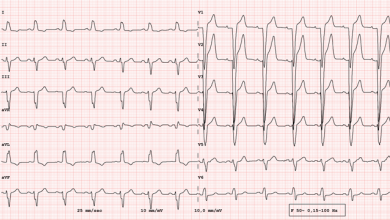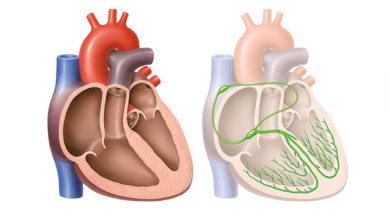Search results
Author(s):
Nadine Ali
,
Daniel Keene
,
Ahran D Arnold
,
et al
Added:
3 years ago
His bundle pacing in humans was first described in 1970 by Narula et al.1 They demonstrated that it was possible to stimulate the His bundle to produce normal physiological ventricular activation via the His-Purkinje system. However, the first report of permanent His bundle pacing, by Deshmukh et al., did not occur until 2000.2 In that study, His pacing was performed in a series of patients with…
View more
Conduction System Pacing
Author(s):
Ahran D Arnold
,
Zachary I Whinnett
,
Pugazhendhi Vijayaraman
Added:
3 years ago
Article
Author(s):
Frits Prinzen
,
Joost Lumens
,
Jürgen Duchenne
,
et al
Added:
2 years ago
LBBAP in Heart Failure
Author(s):
Juan Carlos Diaz
,
Mauricio Duque
,
Julian Aristizabal
,
et al
Added:
4 months ago
Article
Cardiac Pacing in Reflex Syncope
Author(s):
Marco Tomaino
,
Vincenzo Russo
,
Daniele Giacopelli
,
et al
Added:
2 years ago
Article
Chris Pepper
Research Area(s) / Expertise:
Job title: Consultant Cardiologist and Electrophysiologist and Clinical Director of Cardiorespiratory Medicine
Author
Author(s):
Mark E Josephson
Added:
3 years ago
In patients with syncope or episodes of palpitations and heart disease, an electrophysiology study (EPS) may be of value by means of potential induction of sustained ventricular tachyarrhythmias.1,2 Programmed ventricular stimulation may be useful in the context of risk stratification of ischaemic patients with left ventricular ejection fraction (LVEF) 30–40 %, and there has been some evidence…
View more
Author(s):
George Thomas
,
Jiwon Kim
,
Bruce B Lerman
Added:
3 years ago
CRT is an essential treatment for patients with heart failure and reduced ejection fraction as it can restore left ventricular (LV) electrical and mechanical synchrony. It has been shown to increase quality of life, improve functional status, reduce hospitalisation, improve LV systolic function and reduce mortality in properly selected patients.1,2 While CRT is an effective therapy, approximately…
View more
Author(s):
Cristian Podoleanu
,
Jean-Claude Deharo
Added:
3 years ago
The increasing use of cardiac implantable electronic devices (CIEDs) for management of cardiac conditions has over the last few years been associated with higher infection rates.1 Expanded CIED use alone cannot account for this rise,2–4 which involves both patient- and device-related factors. Indeed patients are tending to be older and presenting with co-morbidities, while devices are becoming…
View more
Author(s):
Adam J Graham
,
Richard Schilling
Added:
2 years ago















 « First
« First